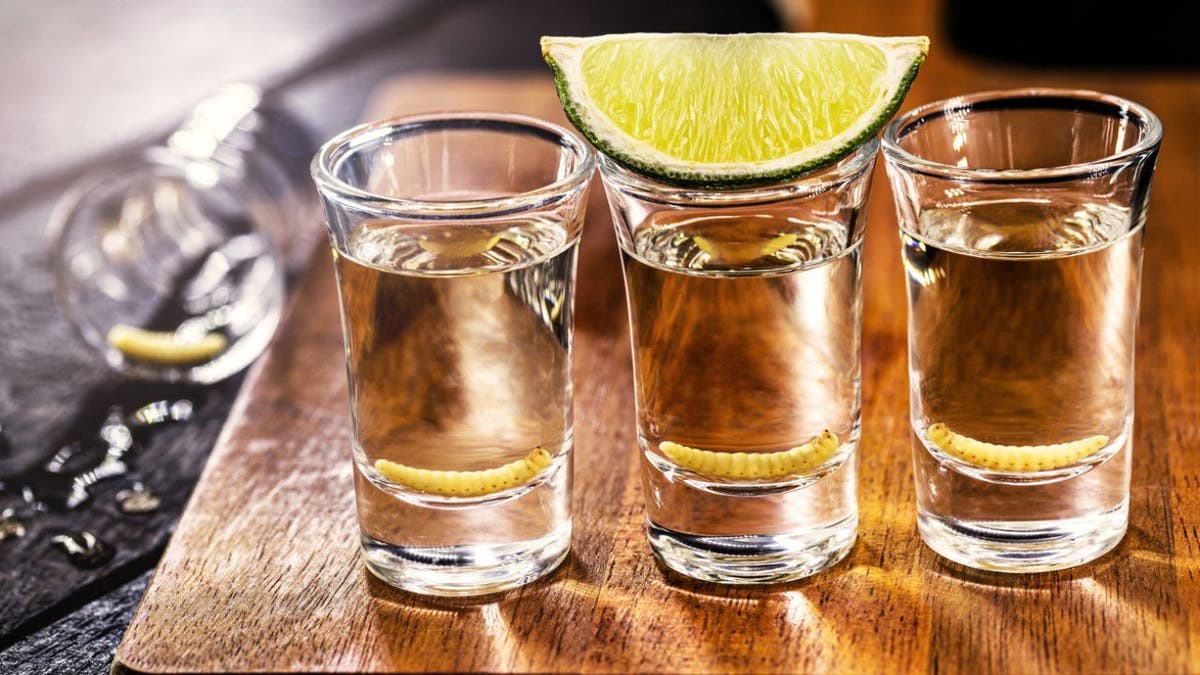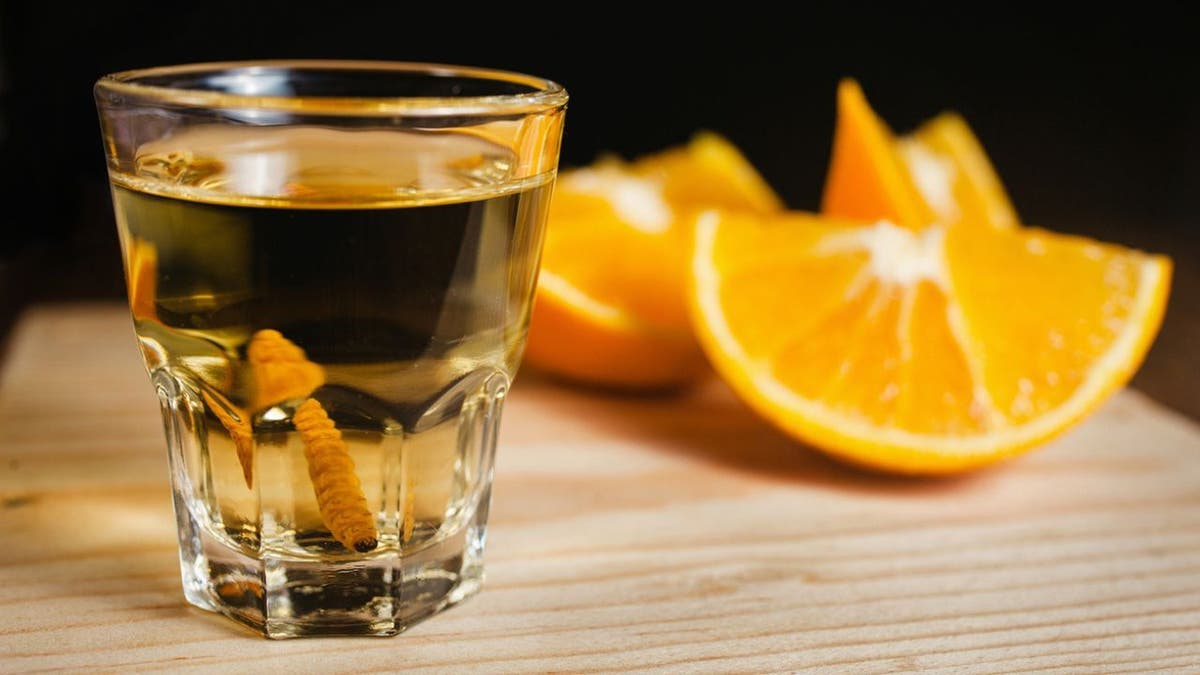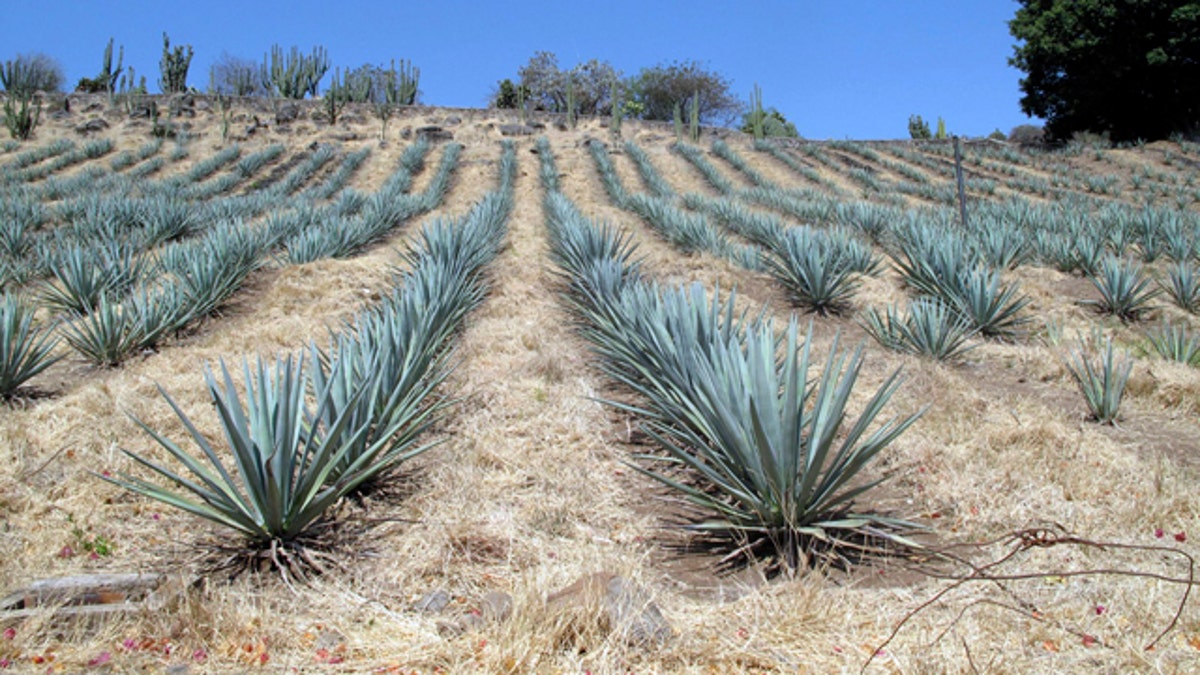Chef George Duran shares favorite recipes for National Tequila Day
Chef George Duran joins 'Fox & Friends Weekend' to share dishes that pair best with tequila
University of Florida researchers recently discovered that "tequila worms" are, in fact, moth larvae.
The "worms" are placed inside bottles of mezcal to enhance the color and flavor of the alcohol.
Researchers extracted DNA from "worms" found in various brands of mezcal. The bottles were purchased between 2018 and 2022 from both Mexican and American distributors.
Analysts examined 18 DNA sequences and concluded that the "worms" were actually agave redworm moths called Comadia redtenbacheri. Infant moths are considered caterpillars.
CELEBRATE NATIONAL TEQUILA DAY WITH THESE MAGICAL MARGARITAS

"Tequila worms" are said to improve the color and flavor of mescal, a traditional Mexican liquor. (iStock)
According to the PeerJ study, the larvae's DNA was more than 99% identical.
Researcher Akito Kawahara told FOX Television Stations said, while the conclusion was unexpected, he had "no doubt" it was true.
"It was not expected, because there has been some debate in the literature as to the specific species of ‘worm’ that is in the bottles, other than that it is of an insect," Kawahara explained. "It was not a butterfly or a beetle, as some have thought."
TEQUILA AND MEZCAL: WHAT'S THE DIFFERENCE?

University of Florida researchers sequenced DNA from "worms" found in various brands of mezcal. (iStock)
"Science can help study the world and check for the food we eat and drink for accuracy. There is no doubt that the ‘worms’ are larva of a moth," he concluded.
CLICK HERE TO GET THE FOX NEWS APP
Mezcal is a traditional Mexican liquor made from agave. Tequila is a type of mezcal made from the blue Weber agave species.

This April 2011 photo shows agave growing on a hillside at Destileria la Fortaleza in Tequila, Mexico. Agave takes from six to 12 years to mature before it is harvested and the spiny leaves removed for baking. (AP Photo/Tracie Cone)

